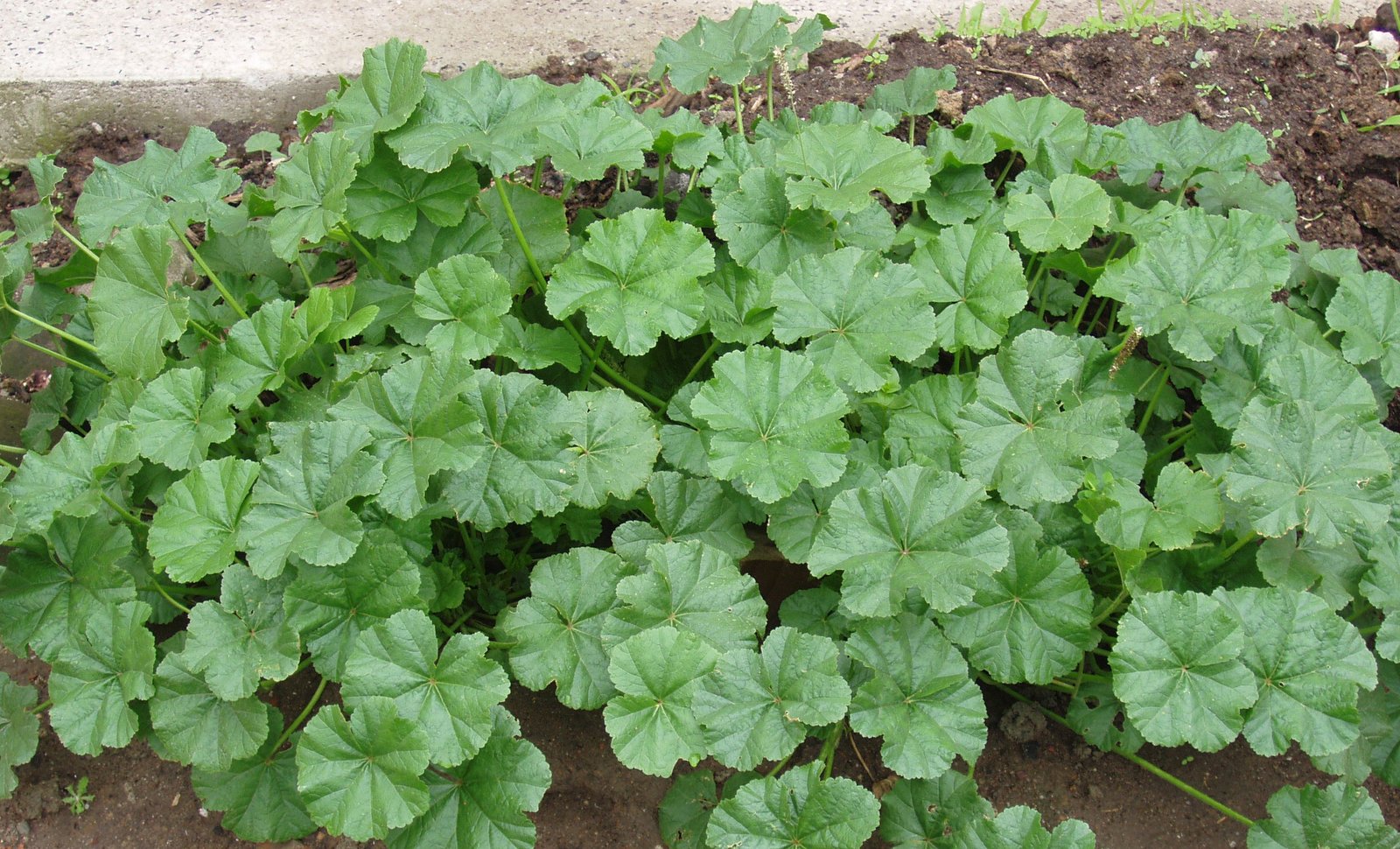Deciphering the Optimal Season for Transplanting the Vibrant African Mallow Shrub
With its lush green foliage and vibrant pinkish-purple blooms, the African mallow shrub brings captivating beauty to gardens and landscapes However, eventually these stunning shrubs outgrow their space and require transplanting to a new location Determining the ideal time for this delicate procedure is key to ensuring the plant transitions smoothly and continues thriving in its new home. Let’s explore when is truly the best time to transplant the African mallow shrub.
Understanding the African Mallow’s Needs
Native to South Africa, the African mallow shrub flourishes in warm, coastal climates. It reaches 2-4 feet tall and wide, with fuzzy, aromatic leaves and abundant flowers. This heat-loving plant prefers consistent moisture, well-draining soil, and at least 4 hours of direct sun daily. It can tolerate partial shade but blooms less. When transplanting, replicate these conditions closely.
Choosing cool, mild weather and the right growth stage will minimize shock. Avoid transplanting during active growth periods when the plant is rapidly developing roots, leaves, or flowers. Monitor your African mallow’s cycles to determine optimal timing
Early Spring: A Window of Opportunity
For regions with mild winters, early spring before new growth emerges provides a prime transplanting window. Temperatures are moderate and rain increases, creating an ideal environment for the shrub to establish roots in its new home. Transplant in early spring to allow adequate time for the plant to acclimate before summer.
Fall A Season of TransitionFall offers another window of opportunity for transplanting African mallows. The cooling temperatures and rains of autumn perfectly suit root development and growth. To maximize establishment before winter dormancy transplant in early fall so the roots have ample time to stabilize. Provide winter mulching.
Technique Tips for Transplanting
Follow these tips to give your African mallow the best chance of thriving post-transplant:
-
Carefully dig up the entire root ball to move the plant. Prevent root damage.
-
Transplant on a cool, cloudy day to avoid hot sun stress.
-
Water the plant well for 7-10 days before and after transplanting.
-
Keep the root ball moist but not soaked during the process.
-
Plant at the same depth as before and water thoroughly after transplanting.
-
Stake the shrub for support if needed while new roots establish.
-
Mulch around the base to retain moisture and suppress weeds.
Ongoing Care for Transplant Recovery
Proper aftercare ensures the African mallow recovers from transplant stress and flourishes in its new spot. Regularly monitor soil moisture and water whenever the top few inches become dry. Fertilize sparingly until the plant adapts. Inspect for pests or diseases and treat any issues promptly. Avoid pruning right after transplanting. With attentive care, the shrub will soon thrive.
Avoid Transplanting in Summer or Winter
Transplanting in the heat of summer or cold of winter will shock African mallows. Frigid temperatures can damage roots, while summer heat and dryness wilt leaves faster than new roots can supply moisture. Transplanting during dormancy also provides insufficient time for root establishment before active growth resumes.
Patience Is a Virtue
Avoid rushing to transplant at the first sign of new growth. Monitor the plant’s cycles and wait for the ideal window of opportunity. With proper timing, technique, and aftercare, patient gardeners can ensure their African mallow flourishes beautifully in its new location.

Monitoring for Stress
Stay vigilant for signs of distress such as yellowing leaves or a wilted appearance. These are your Tree Mallows way of waving a red flag. If you notice such symptoms, its time to reassess your care routine. Perhaps your plant needs more light, less water, or just a bit of encouragement.
Size Matters: Finding the Perfect Fit for Your Tree Mallow
The right pot size is a balancing act. Too small, and youll stunt your plants growth; too large, and you risk waterlogging. The Goldilocks zone? A pot thats about 2 inches larger in diameter than the current one. This gives your Tree Mallow room to grow without drowning in excess soil.
The best time to transplant trees and shrubs…
FAQ
Can mallow be transplanted?
What is the best time for transplanting?
Does Cape Mallow like sun or shade?
How do you care for African mallow?
How do you grow African Mallow?
Fertilize more often during the growing season and in warmer and brighter climates. African mallow grows vertically and new growth will emerge from the top of the plant. African mallow can be grown outdoors in USDA Hardiness Zones 8a-11b. Find your local hardiness zone here . The seeds of African mallow can be used to grow new plants!
How do you care for African Mallow?
Adding a handful of perlite to regular store-bought potting soil should do the trick! African mallow is a fast growing plant and may deplete the nutrients in its soil over time. Replenish them with a gentle organic fertilizer or compost every 1-2 months depending on your location and season.
Can African Mallow grow in potting soil?
African mallow does best in well-draining soil. A good soil will contain lots of organic matter such as coco coir as well as perlite or vermiculite to help with drainage. Adding a handful of perlite to regular store-bought potting soil should do the trick! African mallow is a fast growing plant and may deplete the nutrients in its soil over time.
Is African Mallow easy to care for?
African mallow is generally considered an easy-to-care-for plant and makes a great choice for beginners! African mallow prefers for the soil to dry out between waterings and should be watered regularly.
